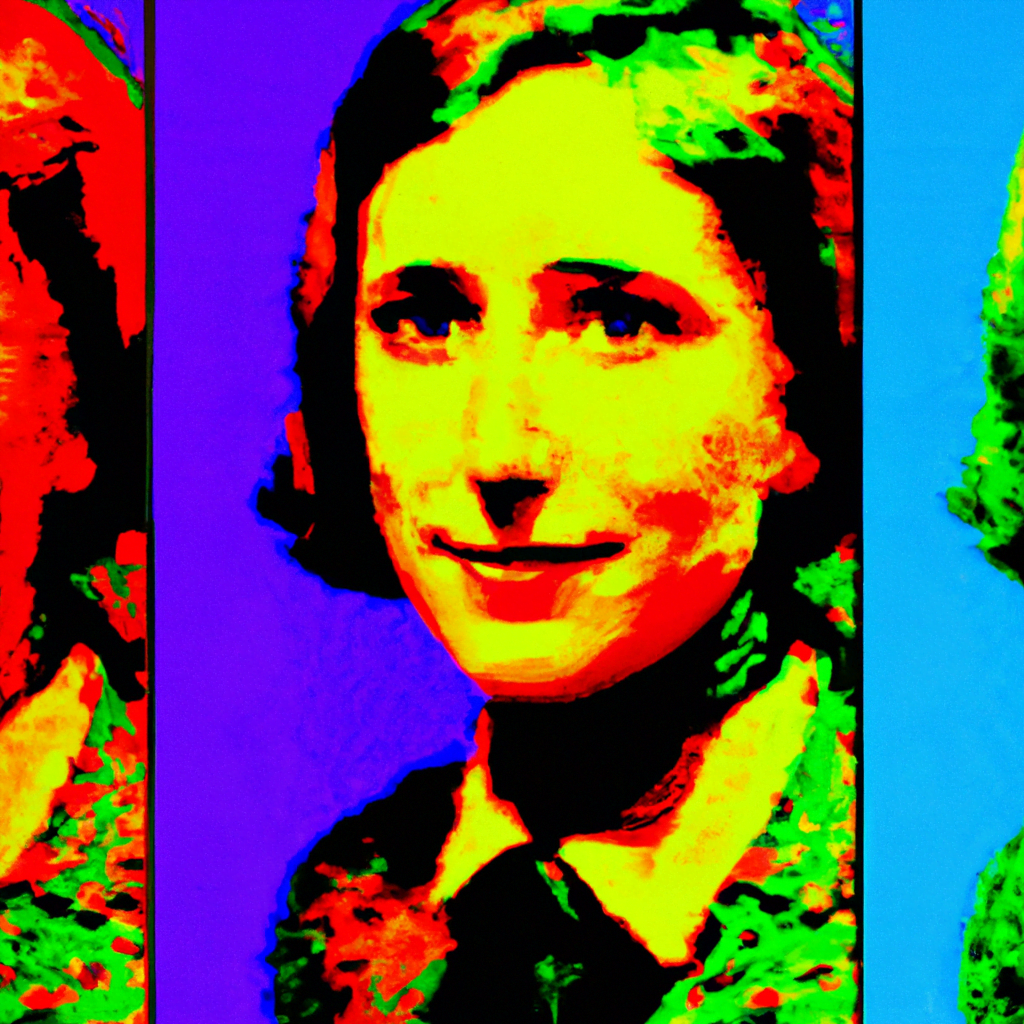
Machine Learning Algorithms for Image Classification in Design

Image classification is a fundamental task in the field of design, enabling the categorization and organization of visual data. With the advent of machine learning algorithms, this process has become more efficient and accurate. In this article, we will explore the various machine learning algorithms used for image classification in design, their applications, and their impact on the industry.
The Importance of Image Classification in Design
Design is a visual discipline, and the ability to classify and categorize images is crucial for designers. Image classification allows designers to organize their visual assets, search for specific images, and gain insights from large datasets. It also enables the creation of personalized user experiences, as images can be tailored based on user preferences and behavior.
Traditionally, image classification was a manual and time-consuming process. Designers had to manually tag and categorize images, which was prone to human error and inconsistency. However, with the advancements in machine learning algorithms, this process has been automated, saving time and improving accuracy.
Machine Learning Algorithms for Image Classification
Machine learning algorithms are designed to learn from data and make predictions or decisions without being explicitly programmed. They have revolutionized image classification in design by enabling computers to automatically analyze and categorize images based on their visual features.
1. Convolutional Neural Networks (CNNs)
Convolutional Neural Networks (CNNs) are a class of deep learning algorithms that have proven to be highly effective in image classification tasks. CNNs are inspired by the visual cortex of the human brain and are designed to automatically learn hierarchical representations of images.
CNNs consist of multiple layers, including convolutional layers, pooling layers, and fully connected layers. The convolutional layers apply filters to the input image, extracting features such as edges, textures, and shapes. The pooling layers downsample the feature maps, reducing the spatial dimensions. Finally, the fully connected layers classify the image based on the extracted features.
CNNs have achieved remarkable results in image classification tasks, surpassing human performance in some cases. For example, in the ImageNet Large Scale Visual Recognition Challenge, CNNs achieved top-5 error rates of less than 5%, outperforming human performance.
2. Support Vector Machines (SVMs)
Support Vector Machines (SVMs) are a popular machine learning algorithm used for image classification. SVMs are based on the concept of finding an optimal hyperplane that separates different classes of data points.
In image classification, SVMs can be used to classify images based on their visual features. These features can be extracted using techniques such as Histogram of Oriented Gradients (HOG) or Scale-Invariant Feature Transform (SIFT). SVMs then learn a decision boundary that maximally separates the different classes of images.
SVMs have been widely used in various design applications, such as logo recognition, object detection, and style classification. They are particularly effective when the number of training samples is small or when dealing with high-dimensional feature spaces.
3. Random Forests
Random Forests are an ensemble learning method that combines multiple decision trees to make predictions. Each decision tree is trained on a random subset of the training data, and the final prediction is made by aggregating the predictions of all the trees.
In image classification, Random Forests can be used to classify images based on their visual features. These features can be extracted using techniques such as Scale-Invariant Feature Transform (SIFT) or Speeded-Up Robust Features (SURF). Random Forests then learn a set of decision rules that collectively classify the images.
Random Forests have been successfully applied in various design tasks, such as image segmentation, object recognition, and style classification. They are known for their robustness to noise and outliers, making them suitable for real-world design applications.
Applications of Machine Learning Algorithms in Design
Machine learning algorithms for image classification have found numerous applications in the field of design. Some of the key applications include:
- Logo Recognition: Machine learning algorithms can be used to automatically recognize and classify logos, enabling designers to search for specific logos or analyze brand presence.
- Object Detection: Machine learning algorithms can be used to detect and classify objects in images, enabling designers to automatically identify and categorize visual elements.
- Style Classification: Machine learning algorithms can be used to classify images based on their visual style, enabling designers to create personalized user experiences.
- Image Segmentation: Machine learning algorithms can be used to segment images into meaningful regions, enabling designers to extract specific elements or perform targeted edits.
Case Studies
Let’s explore some real-world case studies that demonstrate the effectiveness of machine learning algorithms for image classification in design:
1. Pinterest’s Visual Search
Pinterest, a popular visual discovery platform, has implemented a visual search feature powered by machine learning algorithms. Users can take a photo or upload an image to find visually similar items on Pinterest. The machine learning algorithms analyze the visual features of the image and match them with relevant images in the database.
This application of machine learning algorithms enables designers to search for specific visual elements or find inspiration based on similar images. It enhances the user experience by providing personalized recommendations and simplifying the search process.
2. Adobe Sensei’s Content-Aware Fill
Adobe Sensei, Adobe’s artificial intelligence and machine learning platform, includes a feature called Content-Aware Fill. This feature uses machine learning algorithms to automatically fill in the gaps when removing an object from an image.
The machine learning algorithms analyze the surrounding pixels and generate plausible content to fill the removed area seamlessly. This application of machine learning algorithms saves designers time and effort by automating a tedious and time-consuming task.
The Impact on the Design Industry
The integration of machine learning algorithms for image classification in design has had a significant impact on the industry. Some of the key impacts include:
- Increased Efficiency: Machine learning algorithms automate time-consuming tasks, such as image tagging and categorization, saving designers valuable time and effort.
- Improved Accuracy: Machine learning algorithms can analyze large datasets and make accurate predictions, reducing human error and inconsistency in image classification.
- Enhanced Creativity: Machine learning algorithms enable designers to explore new possibilities and create personalized user experiences based on image classification and analysis.
- Streamlined Workflows: Machine learning algorithms integrate seamlessly into design workflows, providing designers with powerful tools for image classification and organization.
Summary
Machine learning algorithms have revolution
